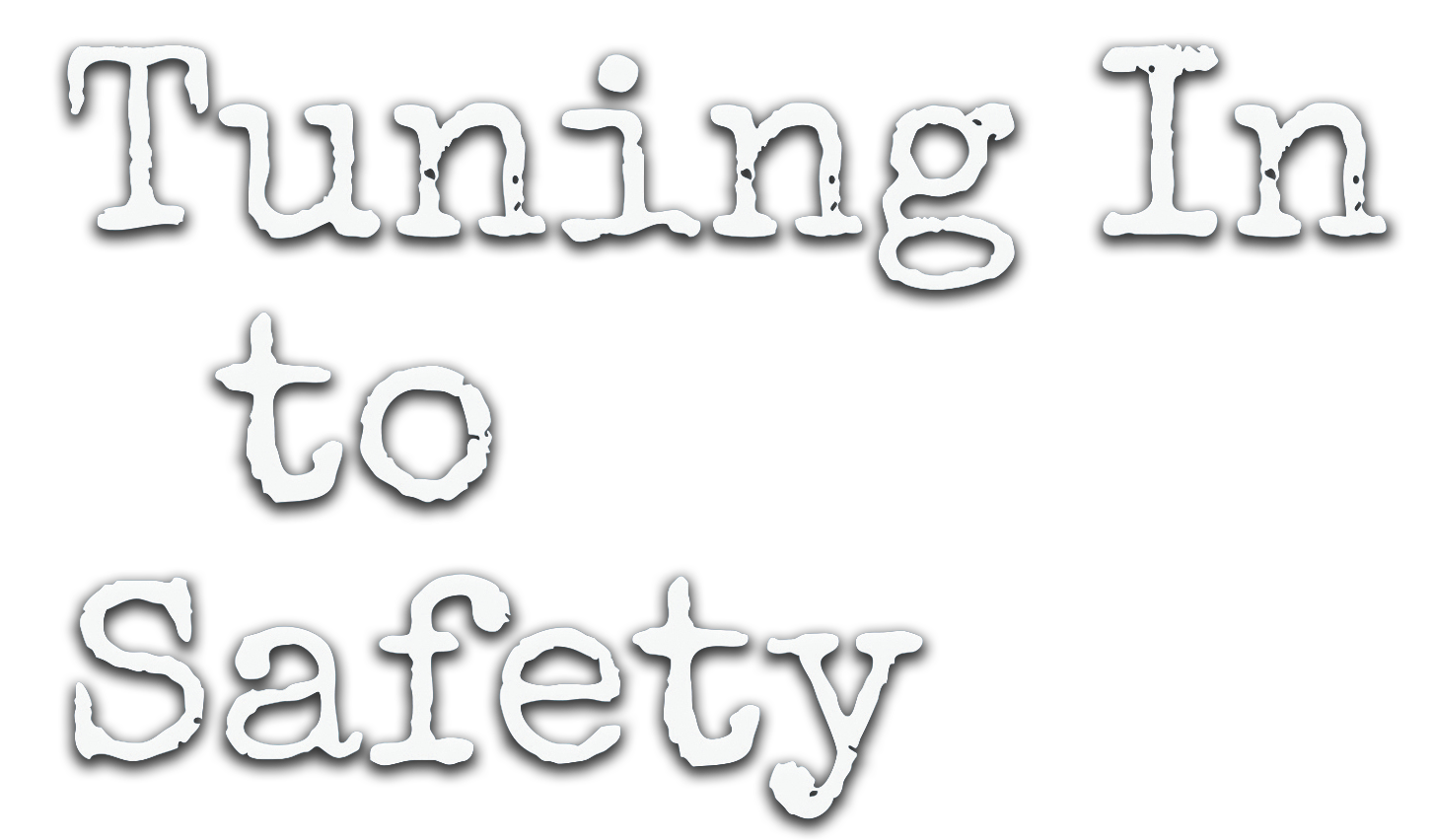Counting the Costs - Part 1
This article was originally published in the November 2018 issue of Motor Age magazine.
The world of work has changed dramatically in recent years. One example of this change is workplace safety, which has risen to become a dominant concern in industry. Now, more than ever, businesses and organizations are committing tremendous resources to keeping their workers safe. This involves investments in policy development, equipment, and training, but also implies a shift in workplace culture. Everyone is being asked to think differently, and while most are adjusting, others are clearly not.
While the bigger companies of the world have led the way on this front, small business is also changing its focus to improve safety for its workers. There are numerous reasons for this, but the primary catalyst is that we have gained an awareness of the true costs of workplace injuries. Where a job-related injury was once viewed as an isolated expense on the company ledger, there is now broad recognition that the costs are much greater than we originally thought.
This dynamic has worked in the favor of the worker. Most companies now emphasize the idea of “look before you leap” and encourage their employees to take the time to assess risks before performing a task. At first glance, this would appear to hurt production, and therefore, our ability to make money. However, when looking at the bigger picture, it is clear that we will actually come out ahead when we limit expenses related to workplace injuries.
So what does it cost a company when someone gets hurt on the job? Most of us are aware of the direct costs, which are items like ambulance rides, hospital stays, surgeries, physical rehabilitation, prescriptions, etc. Direct costs also include Workers Compensation and related disability payments. These expenses can be mind-boggling in this day and age, but are often covered by insurance. We’re not off the hook, however, because the direct costs of a workplace injury are only one piece of the puzzle. What many people fail to take into account are the hidden costs, also known as indirect costs. These are expenses that aren’t covered by insurance and thus have a greater financial impact on a business.
Indirect Costs
There is a long list of indirect costs related to a workplace injury. I refer to these as cascading liabilities, because each one has a negative effect on all the others. In other words, you can’t incur one of these expenses without it causing other costs to increase. Here is a short list of the major indirect costs borne by a business when their workers get hurt:
Costs related to replacement workers - an injured employee typically cannot function fully in their job role, so the business either does without their services, or hires a replacement. If the business doesn’t hire a replacement, it may forfeit any revenue the employee could have generated. Beyond that, extra workload distributed to the other employees could contribute to fatigue and increase the risk of another incident taking place. Keep in mind, however, that a replacement worker is no free lunch. There are costs related to the recruitment process, and there is always a learning curve for the new employee, even when they bring significant experience to the table.
Administrative overhead - a workplace injury triggers an avalanche of paperwork related to incident reporting, insurance claims, etc. This ties up resources on the part of administrative staff, who could otherwise be using their time to help generate revenue for the company.
Insurance cost increases - while the direct costs of a workplace injury are often covered by Workers Compensation, the claim will likely result in increased premiums. Workers Compensation premiums are typically based on a national survey that assesses the risk associated with the job duties of the employee. However, they can adjust up or down depending on a number of factors related to the business being covered. If the business takes steps to reduce the risk to its workers, the premiums may be reduced. However, injuries and associated claims will cause them to increase in a big way. To make matters worse, a premium increase will typically remain in effect for three years after the claim.
Increased regulatory oversight - depending on the severity of the incident, regulatory agencies such as OSHA (Occupational Safety and Health Administration) could conduct an investigation on your premises. Citations and fines can be the result, and repeat visits are a possibility if the inspectors think your business could be a trouble spot.
Loss of competitive ability - any increase in overhead expenses for a company will reduce its ability to compete. In some cases, a poor safety record can cause a business to be disqualified from bidding for contracts with State and Federal agencies, as well as many private concerns.
Erosion of company image - workplace injuries and the associated bad press can make consumers think twice about purchasing products or services from your company. This can also make it more difficult to recruit new employees because people don’t want to work for a company that has a poor safety record.
Adding it all up, the indirect costs of a workplace injury can be harmful for any company, but will have an even harsher impact on small businesses. Conservative estimates place the indirect costs of an injury at up to 4.5 times that of the direct costs. The crushing financial impact of a workplace injury clearly shows that investments in safety can pay back in very short order.
To view the remainder of this article, see “Counting the Costs - Part 2”
For more information on these and other ideas regarding workplace safety, go to www.tuningintosafety.com. Tuning In to Safety is a book written for all employees in an organization, and is available on Amazon in paperback, eBook, and audiobook formats.

